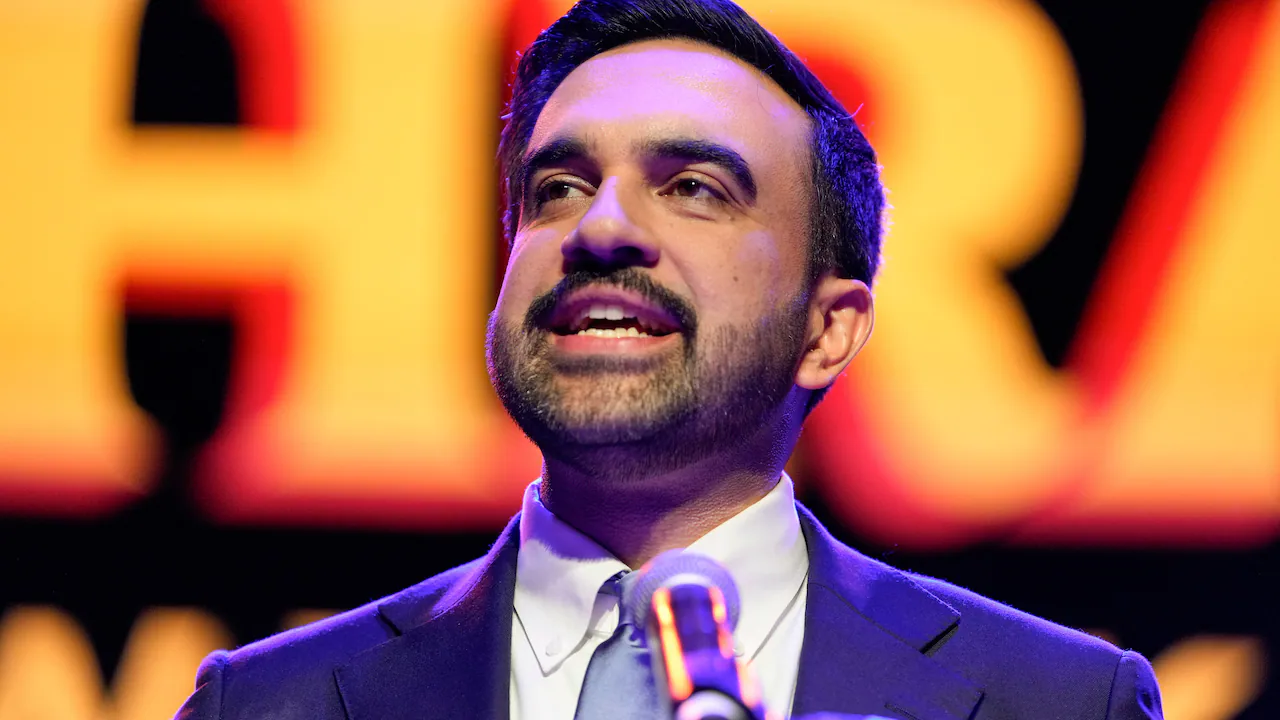Copyright Entrepreneur

Albert Einstein once said, “The important thing is not to stop questioning. Curiosity has its own reason for existing… Never lose a holy curiosity.” In business, that curiosity often disappears the moment a meeting starts. Think about it: how many times have you seen a leader lock into a decision before hearing everyone out? How many ideas die quietly because the room nods along to avoid friction? How often have you been that leader — the one unintentionally rewarding silence over candor? When questioning stops, teams stumble. Contrary to what you might think, unanimous agreement in every meeting isn’t a sign of alignment — it’s a warning sign. It means the real conversations are happening in hallways, side chats or texts afterward. The emperor has no clothes; your business suffers from a lack of clarity, accountability and trust. At Alpine Intel, we learned this the hard way. Our best progress came not from easy consensus, but from healthy disagreement — the kind that challenges assumptions, sharpens ideas and strengthens relationships. Here’s the framework we built to turn disagreement into focus instead of frustration. Related: How to Disagree Respectfully in the Workplace — Your Ultimate Guide 1. Establish the rule: Say it here and now Our most important rule: there is no meeting after the meeting. If someone has an opposing view, they need to share it while everyone’s still in the room. It’s easy to critique ideas on Slack later — but growth happens when people speak up in real time. This rule only works when everyone assumes positive intent. When people trust that their input will be heard and handled respectfully, they stop filtering themselves. The tone shifts from defensive to collaborative. As a leader, your job is to create that environment — one where candor feels safe, not risky. Once that principle took hold, our meetings became shorter, sharper and far more productive. Real progress started showing up not in how often we met, but in how much actually got done afterward. 2. Reward constructive disagreement Most organizations praise composure and call it professionalism. The person who avoids conflict earns approval, while the one who challenges ideas gets labeled “difficult.” But avoiding tension is a leadership failure. You can’t grow what you won’t question. We decided to make this something we did better than others. When someone at Alpine Intel challenges an assumption or pushes a discussion into uncomfortable territory, we call it out — in a good way. We thank them. That recognition tells the entire organization that candor isn’t just allowed; it’s valued. Constructive disagreement should mark someone as invested, not insubordinate. A person who speaks up to support better outcomes is doing the work leaders ask for. Rewarding that behavior sends a clear message: participation matters more than passive approval. 3. Model what respectful conflict looks like Teams mirror their leaders. If you shut down dissent, interrupt, or defend every point, people will stop speaking up. But if you stay calm, ask questions, and listen before reacting, you show your team how disagreement can drive progress. Handling conflict well takes practice. I’ve learned to pause before responding, focus on understanding the reasoning behind a challenge and separate disagreement from disloyalty. That simple habit builds confidence across the team — people know they can share hard truths without risking credibility. Over time, disagreement becomes normal, not emotional. People stop trying to win arguments and start working to improve decisions. 4. End every debate with ownership Debate without closure wastes as much time as silence. Once a discussion ends, someone needs to own the outcome. We close every major meeting with two questions: Who owns this decision? What happens next? Those two answers transform talk into action. Everyone leaves the room knowing the direction — even if not everyone agrees with it. That single act of clarity turns healthy debate into coordinated execution. The framework in practice Creating a culture where disagreement drives progress takes structure, not slogans. Here’s what keeps it consistent: Design for candor. Build space in meetings for alternative views. Presume good intent. Keep disagreement focused on ideas, not motives. Recognize people who speak up. Public appreciation turns risk into reinforcement. Model composure. Leaders who stay calm under pressure teach others to do the same. Finish with clarity. Every discussion ends with an owner and a next step. These habits turn open debate into a repeatable process — and make accountability visible. Related: Stop Trying to Avoid Conflict. Here’s How to Turn Disagreements Into Growth. Why it works When disagreement is normalized, decision-making improves. Teams identify risks earlier, stress-test strategies and implement solutions faster. And ironically, open debate strengthens trust. People who challenge each other directly tend to build the deepest respect — because honesty becomes safe. At Alpine Intel, many of our best initiatives began as tough conversations that revealed blind spots we didn’t know we had. When people tell the truth in the moment, the business learns faster. Alignment isn’t about everyone saying “yes.” It’s about everyone understanding why the decision was made — and committing to make it work. That’s what turns meetings into momentum.



